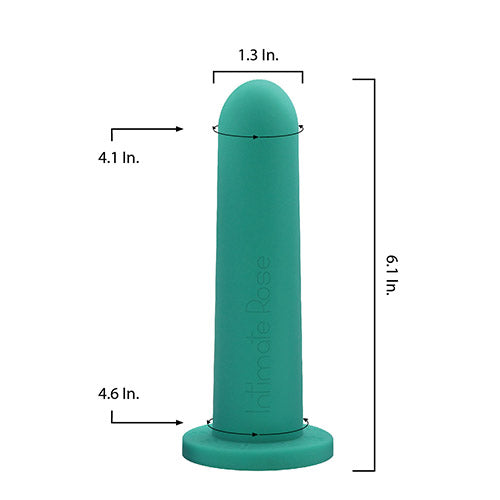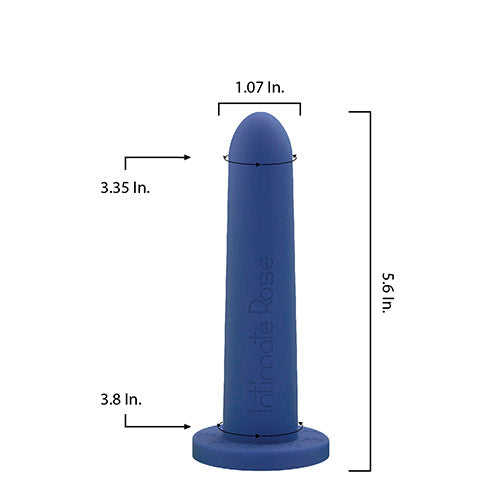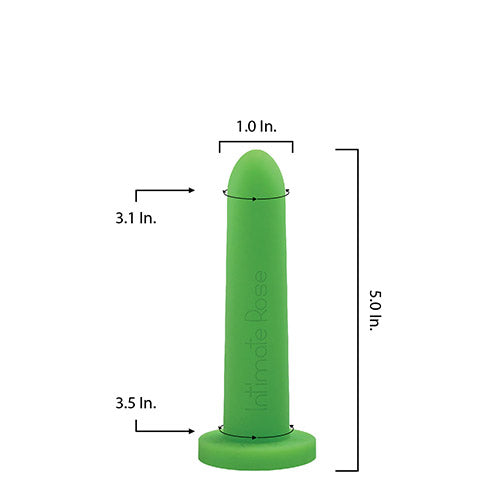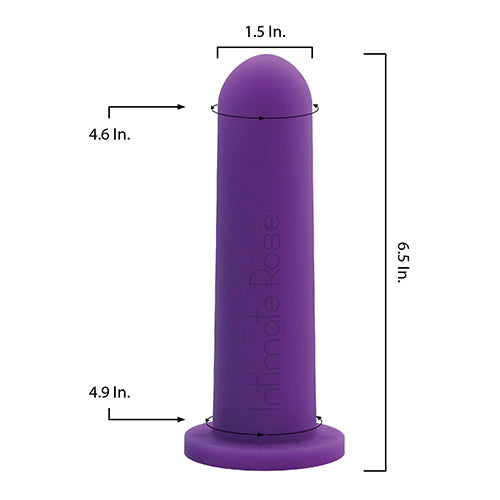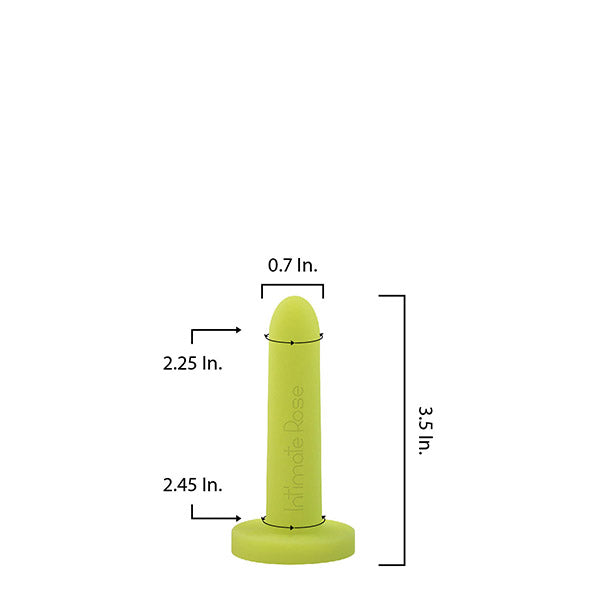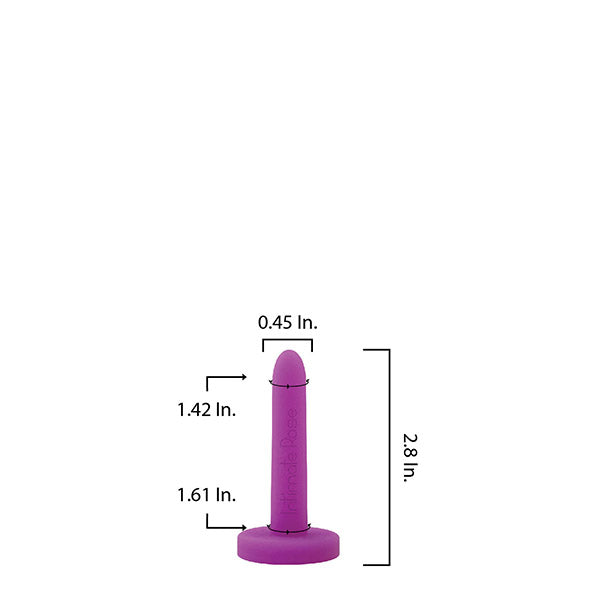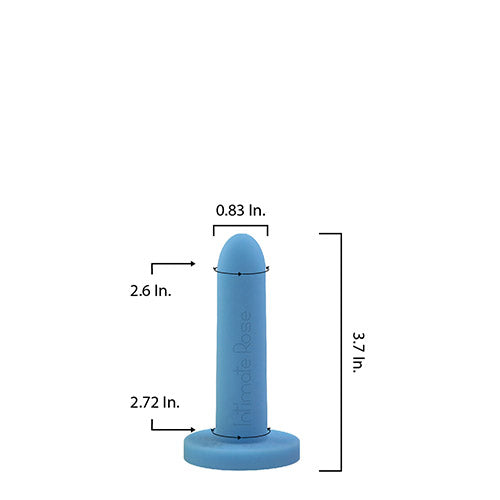Dr. Amanda Olson, certified pelvic floor rehabilitation therapist, discusses breathing and the role it plays in the pelvic floor. Breathing plays a major role in managing pelvic pain issues caused by involuntary clenching or tightening of the pelvic floor, stress, residual pain from radiation therapy due to being treated for cancer, or any type of surgery involving the pelvis. This is due to the tendency for anyone suffering from these conditions to breathe high in the chest in an attempt to avoid putting pressure on the abdomen and pelvic floor.
Pelvic Wands

However, this type of shallow breathing pattern can often create tension around the collar bone or even through the neck and shoulders. This can also result in grinding habits in the jaw. Taken together these all contribute to higher overall tension and strain on the body. In addition to shallow breathing, many may also unconsciously find themselves holding their breath as well in anticipation of pain and only realize they’ve been doing so after their body tells them to take a deep breath. This likewise creates more pressure and tension, especially in the pelvic floor.
Because the diaphragm works like a piston bringing air into and driving it out of your lungs, it’s crucial to work on relaxing the pelvic region to increase air circulation. Dr. Olson recommends performing Kegel exercises on exhalation for this reason. Learning how to breathe in a more physiologically beneficial way involves laying on your back, knees bent and feet planted, place one hand on your chest and another on your belly, and attempt to breathe while keeping the hand on your chest as still as possible. This may feel odd at first to pay such close attention to your breathing, but doing so will provide better elasticity to the abdomen, increase your circulation, and prepare you for other therapies such as using vaginal dilators.

Tight? Start here.
Take our 3-question quiz and start your journey to a life free from pain!








